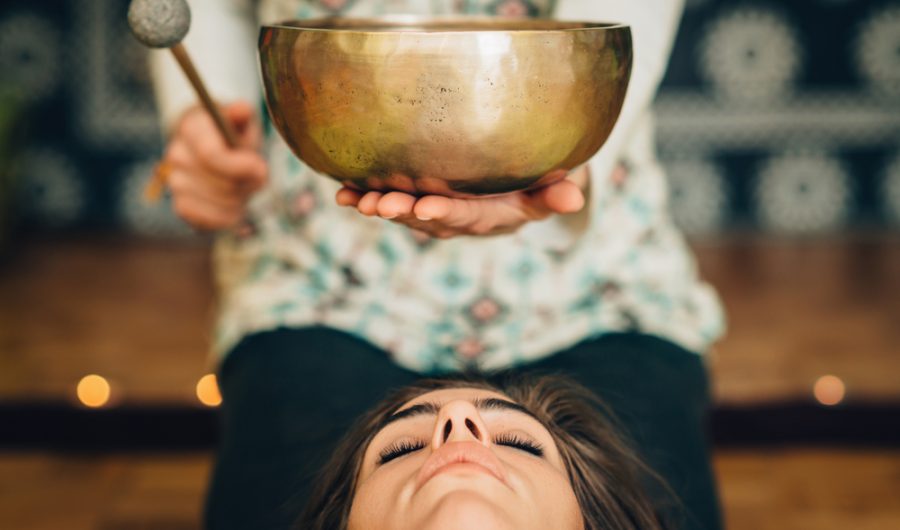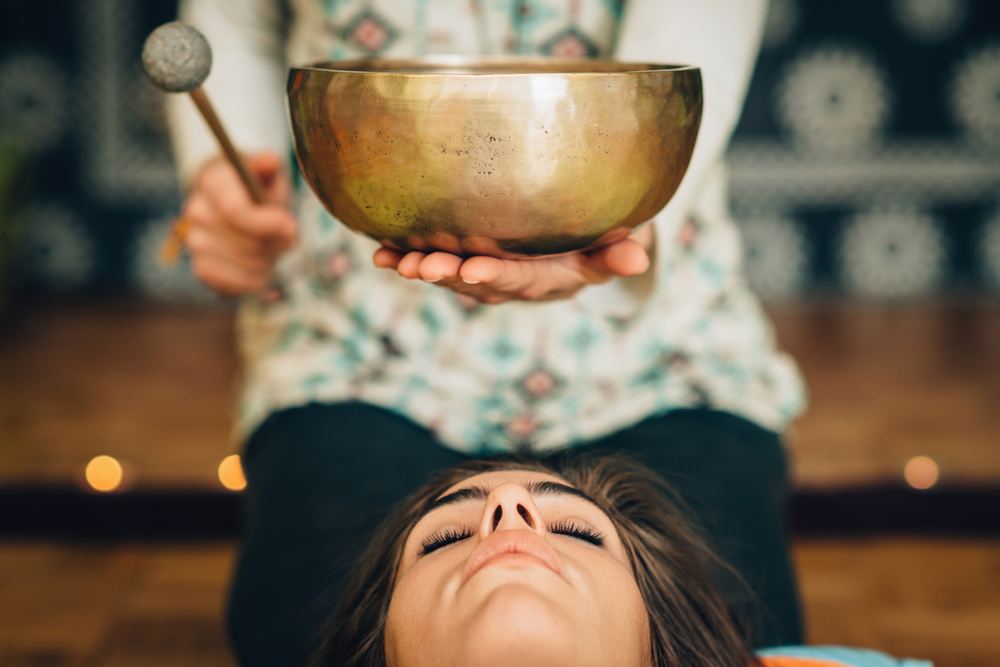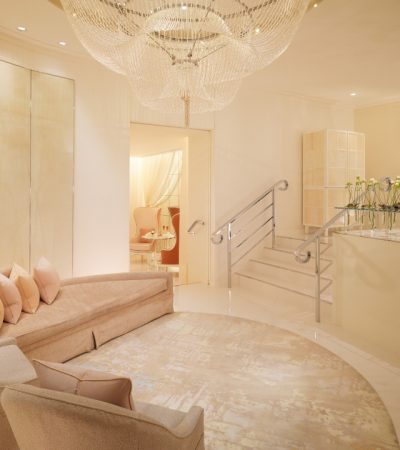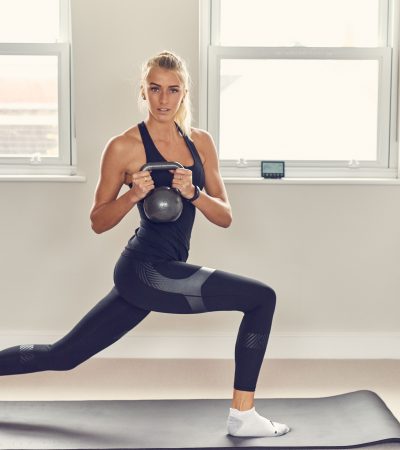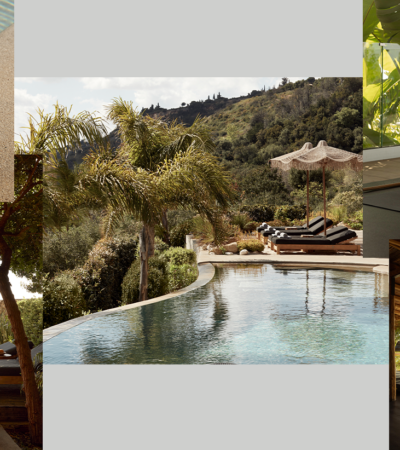Ever walked into a fitness class feeling like you weren’t quite ready to smash a workout, then heard the pumping playlist and all of a sudden had a surge of energy? Yes, sound can be a pretty influential factor when it comes to workouts, but did you know it also has the power to restore balance, unblock or redirect energy and even clear your sinuses?
Healing with sound is no transient or recent health fad. Along with bone broth, fermentation and yoga – all ancient practices that have come back into favour in the Western world – the use of sound for healing and rebalancing in some way or another, is also thousands of years old. Singing bowls, along with tuning forks and gongs are the main instruments used, creating not only sounds which are heard by the ears but also vibrations felt by the body. These vibrations impact the nervous system and work on a cellular level to alter the body’s state, which is where the magic lies. Einstein himself put it simply when he said: “Everything in life is vibration”. Think of it this way – every atom in the entire universe is vibrating constantly, this includes you. We are all made up of endlessly vibrating atoms.
Sound healing is an alternative practise believed to aid a wide variety of ailments from the everyday stresses of daily life to anxiety and even infertility and disease. At the very least, a sound bath will help quieten a busy mind, which we’re all in need of every now and then. Despite the name, there’s no water involved and you don’t need to be skilled in meditation to participate. It’s just you, lying on a mat in savasana (the best part of yoga anyway!) with blankets, sometimes a pillow for your head, bolster for your knees and lavender-scented eye mask. It’s a fully immersive, sensory experience that has an effect on both the conscious and unconscious mind as well as the physical body.
At the front of the room you’ll find an array of singing bowls of differing sizes and colours and sometimes gongs and tuning forks are also used. I’ve found the closer I lie to the bowls, the higher the intensity of the session. As the ‘sounder’ runs a mallet around the edge of the bowls, awe-inspiring sounds fill the room. Unlike music, there is no melody or tune. Each bowl, gong or fork creates a different tone and pitch, some deep and booming, others high-pitched and even initially unsettling. The tones and vibrations from the bowls can slow down breathing, brainwaves and heart rates, producing a deep sense of calm and well being as you shift from being active and aware to a more dream-like state.
It may feel uncomfortable, it may feel euphoric, sometimes even transformative, but I’ve found that no two experiences are ever the same. If I feel unease during a sound bath I tend to focus on my breath and remind myself that these are the vibrations doing their job – promoting release in my body and energy channels. This deepened meditation can often spark creativity too. There have been several occasions where random ideas and unconnected thoughts have flooded my mind while I’ve let the waves of sound wash over me.
Sound like something you’d like to try? Sound baths are popping up all over the UK, with many meditation and yoga studios rounding off their classes with a short sound session. However, if you want to experience it fully, I recommend trying a full stint with a dedicated practitioner. If you’re London-based, one worth trying is Sound Sebastien, created by Jasmine Hemsley of Hemsley + Hemsley and her good friend Toni Dicks. Together, they host pop-up sound bath experiences in a group or one-on-one sessions. Having just finished a six-week residency at The Devonshire Club, Jasmine and Toni play an array of pastel-coloured crystal quartz singing bowls to create soothing sounds to relax, uplift and inspire. Another esteemed sound healer is Carly Grace, who also specialises in meditation and energy healing, such as Reiki. Carly uses voice in her sound baths and hosts retreats too. Sounds baths can be expensive, so if you want to have a taster before committing to one, there’s now an app called Third Ear, masterminded by the well-known practitioner and meditation teacher Leo Cosendai. There are monthly or yearly subscription options that give you access to a library of gong sound baths, mantras chants, pranayama breathing exercises and mindful meditations, all in the comfort of your own home. Ideal for when you want to take a break and tune into yourself, exercises vary from 1 minute to 45-minute meditations so they’re perfect for squeezing into your day.
If meditation isn’t quite something you are interested in but you are curious about the effect of sound beyond just listening to music, you might want to give binaural beats a listen to get a taster of how sound can influence you in ways you may not have been aware of before. Listening to these beats with headphones is essential as they send slightly different sound frequencies to each ear. This makes the brain perceive a third tone, based on the mathematical difference between the two frequencies you’re hearing. (Don’t worry, there are no algebra skills required!) Your brain, in turn, produces brainwaves at this same rate. Different frequencies can have varying effects on you, helping with issues from sleep to concentration and you can find playlists on YouTube and Spotify.
words by Eva Ramirez
Other articles we think you’ll love…

